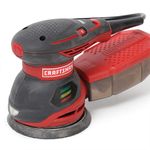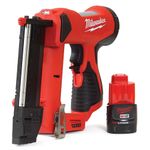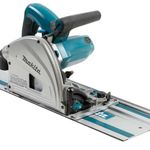The Best Bits for Pattern-Routing
For flawless results, pick the right cutter and bearing for the job
Synopsis: Curved work is no problem when you use a router and a template, as long as you have the right bit. Those looking to choose a bearing-guide router bit face what can be a bewildering array of choices—straight flutes, spiral flutes, and different bearing configurations. Steve Latta has tried them all, and he has advice for which bits to use for different tasks. He also offers a real-world buying guide that spells out a handful of options that will meet the majority of your pattern-routing needs.
Armed with a router and a template, you can tame any curve a furniture project throws at you, as long as you have the right bit for the job. But because of the large range of options, making the right choice can be difficult. Bearingguided bits are available in straight and spiraled flutes that are designed to tackle a variety of materials, from sheet stock to the most unforgiving hardwoods, and they also come in several bearing configurations, letting you approach templates and grain direction in a few different ways.
With all these choices at your fingertips, it’s important to know what the differences are and when to use each one. I’ll help you choose the right bit for each project. The good news is that you don’t have to buy all of these bits at once. Starting out with a few of them will improve the quality of your woodworking, and using this article and the buyer’s guide on p. 43, you can easily add the bits you need as you tackle new projects.
Straight bits work, but spirals are better
For a long time, I got by with straight-fluted bits. They worked OK, but caused problems like chipout and burning on harder woods. I stuck with them simply because I didn’t know anything better was out there. Then I tried a spiral bit, and had a “Where have you been all my life?” moment. It didn’t take long to discover that spiral bits could easily replace my straight cutters for many tasks.
Spiral bits leave a beautiful finish even on extremely figured woods, and problems like chatter and chipout all but disappear. Because of their helical cutter shape, they maintain greater contact with the stock, vibrate less, and “slice” at a skew angle, leading to a clearly superior quality of cut.
For the full article, download the PDF below:
Fine Woodworking Recommended Products

Craftsman Random Orbit Sander

Milwaukee M12 23-Gauge Cordless Pin Nailer

Makita SP6000J1 Track Saw






















Log in or create an account to post a comment.
Sign up Log in